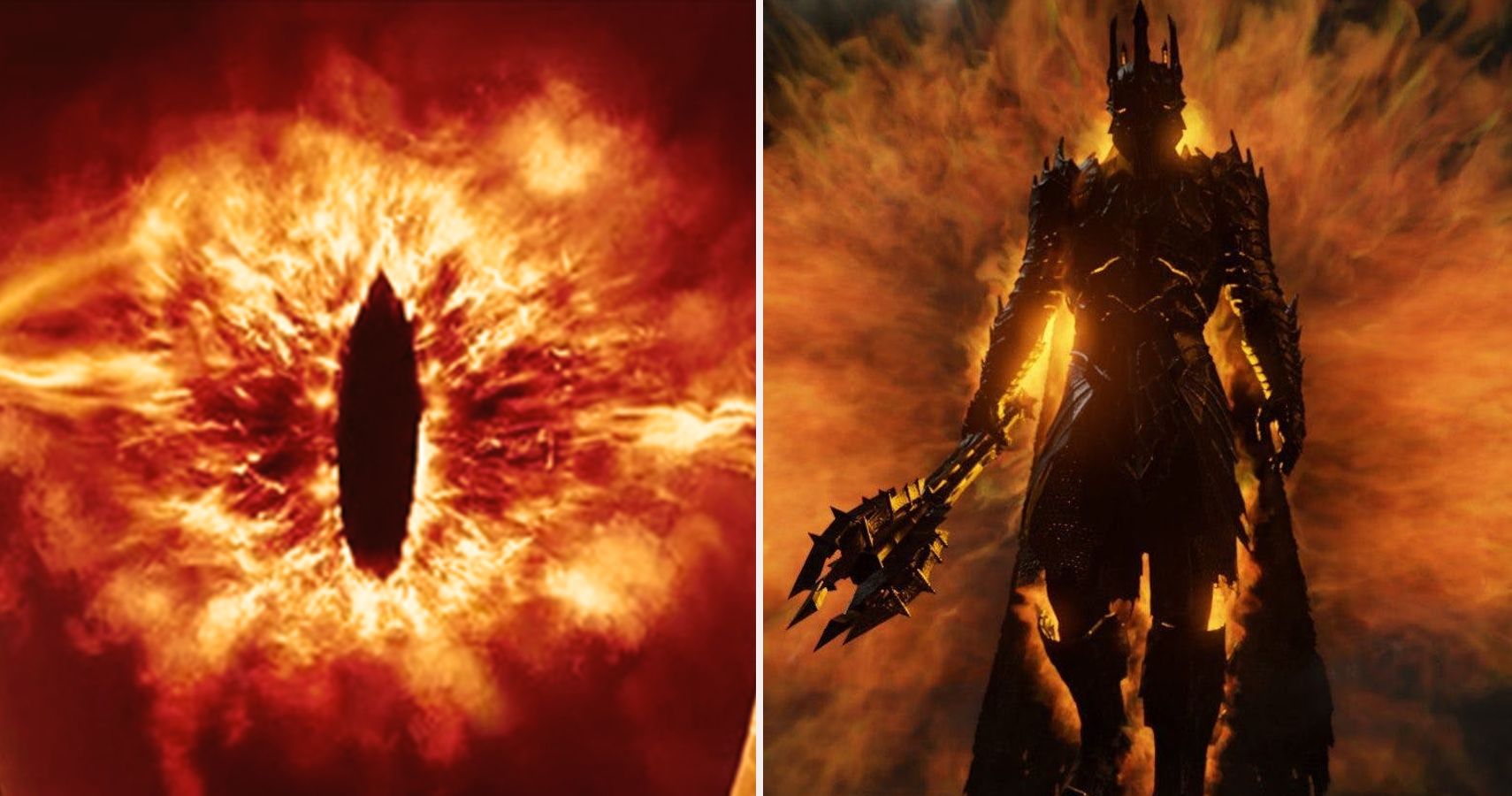
The forger of the One Ring and Dark Lord of Mordor, Sauron, was the bane of Middle-Earth throughout its First, Second, and Third Ages. Corrupted by the first Dark Lord, Morgoth, he served him as his lieutenant and later his successor, growing armies of orcs, goblins, and all manner of vile creatures to take over Middle-Earth and bend all its inhabitants to his will. His lust for power through the creation (and subsequent loss) of the One Ring provides the main antagonism for J.R.R. Tolkien’s Lord of the Rings trilogy of books and Peter Jackson’s film interpretations.
While in the film Sauron is the very embodiment of evil, with his Lidless Eye peering out over Middle-Earth in search of the One Ring, in the books, he is revealed to have a much more depth of character. His entire backstory is conveyed at length, focusing on his time spent as a Maia, committed to the harmonious principles of Eru (Tolkien’s creator of Middle-Earth) before his corruption by Morgoth. Below are 10 fascinating facts about the Lord of Barad-dur that they left out of the movies.
He’s Similar To Gandalf
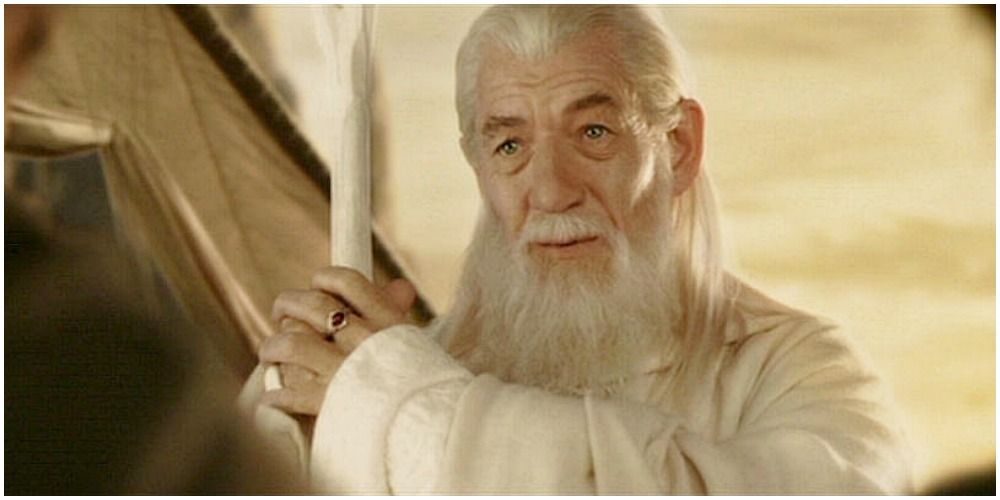
Though Sauron may be often referred to as the “Dark Lord” and appear in the body of a man, he is a Maia, a celestial immortal being older than Middle-Earth itself. Like Gandalf, he is of the Valar (albeit a lesser variety) , an ancient race of beings that sent certain members of their kind to guard and watch over the Free People of Middle-Earth.
Sauron was corrupted by Morgoth the first Dark Lord, and thus became the evil incarnate we see in the films. There is no mention that even before possessing the One Ring, he was many more times stronger than Elves, Dwarves, or Men in battle. He simply took the body of a man, as Gandalf did, to roam Middle-Earth.
He Once Was Good
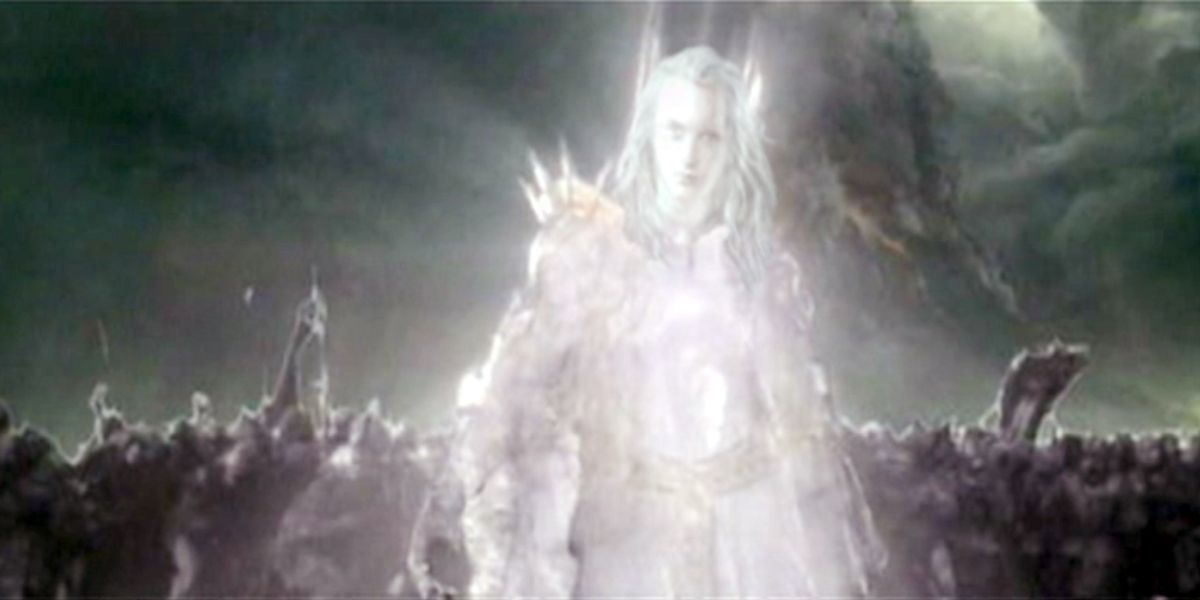
As a Maia, he served the more powerful Valar, specifically Aule the Smith, who was a great craftsman for the Valar. It was at this time that Sauron learned all about metals and forging. He came to like order, structure, and cohesion as a Vala of Craft. Though Morgoth brought about disorder and dissent with his ideas that differed from the rest of the Valar, he also brought a swift means to enact them which attracted Sauron.
It wasn’t Morgoth’s malice or thirst for power that attracted Sauron, but his strength. He saw that Morgoth had a vision, and aimed to see it realized in a way that other Valar did not. None of this is mentioned in the film, making Sauron seem like he was only ever a power-hungry scourge.
He Was A Great Blacksmith
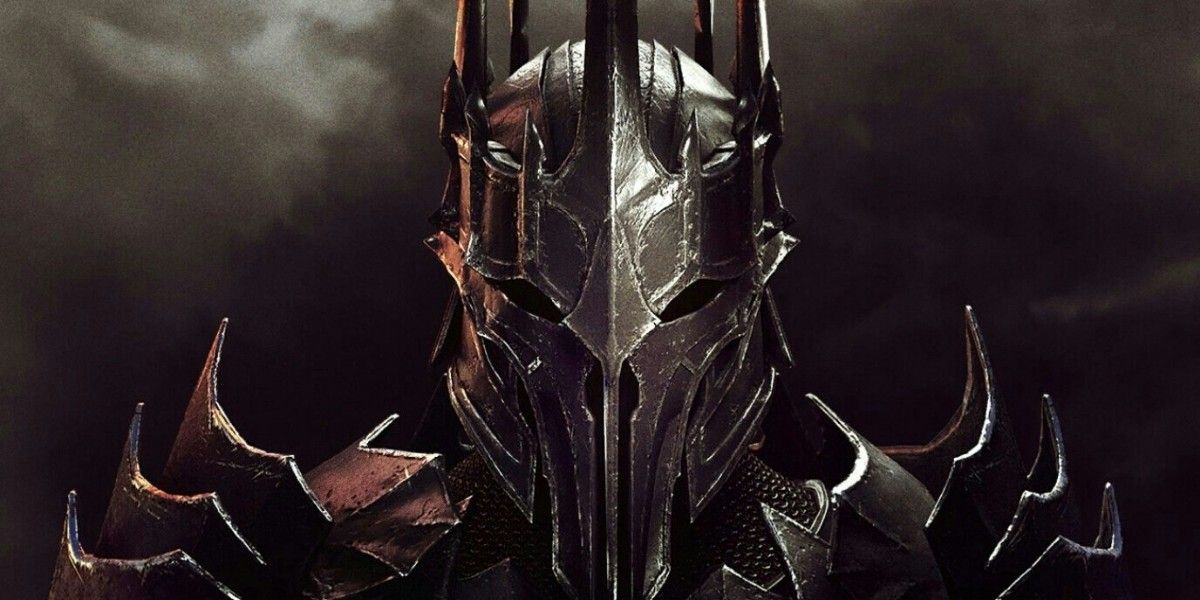
By the time the Lord of the Rings trilogy takes place, Sauron is a shapeless void of darkness, manifesting his evil intent into a great Lidless Eye and nothing close to the humanoid he once was. No sense of his former self is conveyed, and neither is it mentioned. This is unfortunate, because Sauron’s gifts were numerous from his time in the House of Aule.
As a servant of Aule the Smith, and a practitioner of great crafting for all the Valar, Sauron knew the “scientific properties” of working with magic and metals. The armor he wears as the Dark Lord in the trilogy is actually ornately terrifying because Sauron forged it himself. In the DVD extras, much more attention is paid to it and why it looks the way it does, down to the filigree detailing.
He Served As Morgoth’s Lieutenant
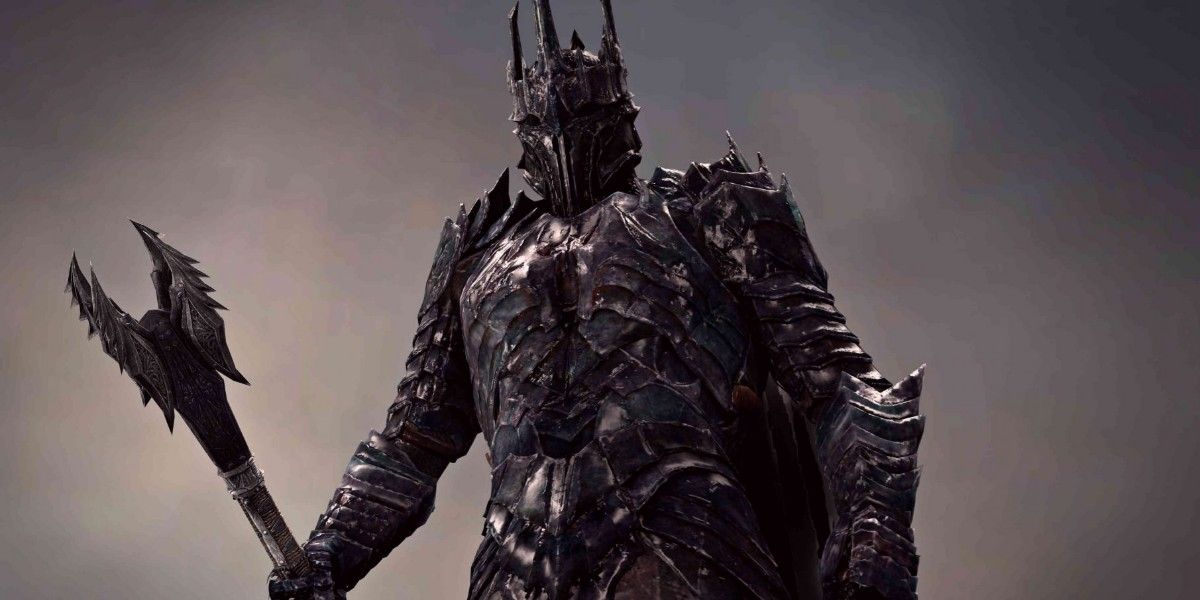
The films don’t touch very much on Morgoth, or his time in Middle-Earth. When Morgoth finally left the Valar in the Blessed Realm on Arda (Tolkien’s Earth), he made a swath of Middle-Earth his stronghold. When Elves from Valinor tried to take his dominion, they ultimately failed because Sauron toiled in its depths to make ready orcs and all manner of beasties.
Sauron not only had the help of orcs, he also made use of werewolves, vampires, and all sorts of evil creatures that dwelled in darkness, including Gothmog, Lord of the Balrogs. He helped raise armies of vile creatures and outfitted them in his best armor, all for Morgoth’s vision of order and supremacy.
He Has A Form
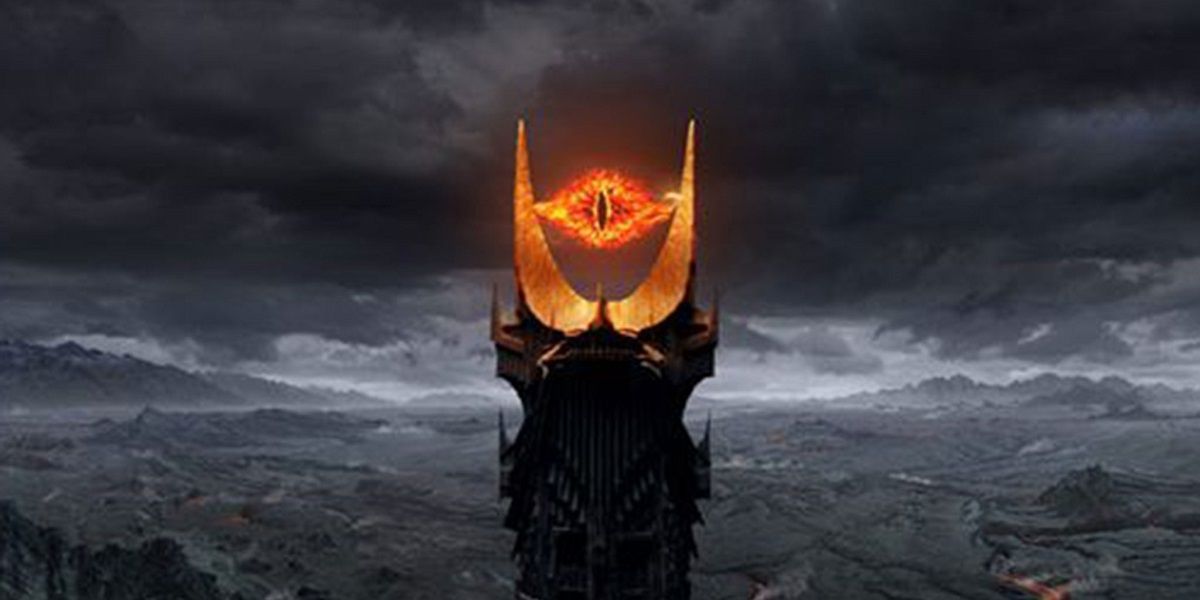
In the films, Sauron is often a shapeless void, representing evil incarnate. He is a dark abyss, with only his glowing eye in Mordor an indicator of his corporeal form. After Isildur cut the One Ring from his finger, he seemed to no longer be able to take the shape of a man, with the only way to become hole again requiring the ring’s power once returned to him.
In the books, he is a Maia like Gandalf, taken human form. He appears as a man though “slightly larger”, missing the finger that Isildur destroyed. His presence, due to taking a slightly more physical form, is felt much more as a tangible being than a representation of darkness.
He Can Shapeshift Into Anything He Wants
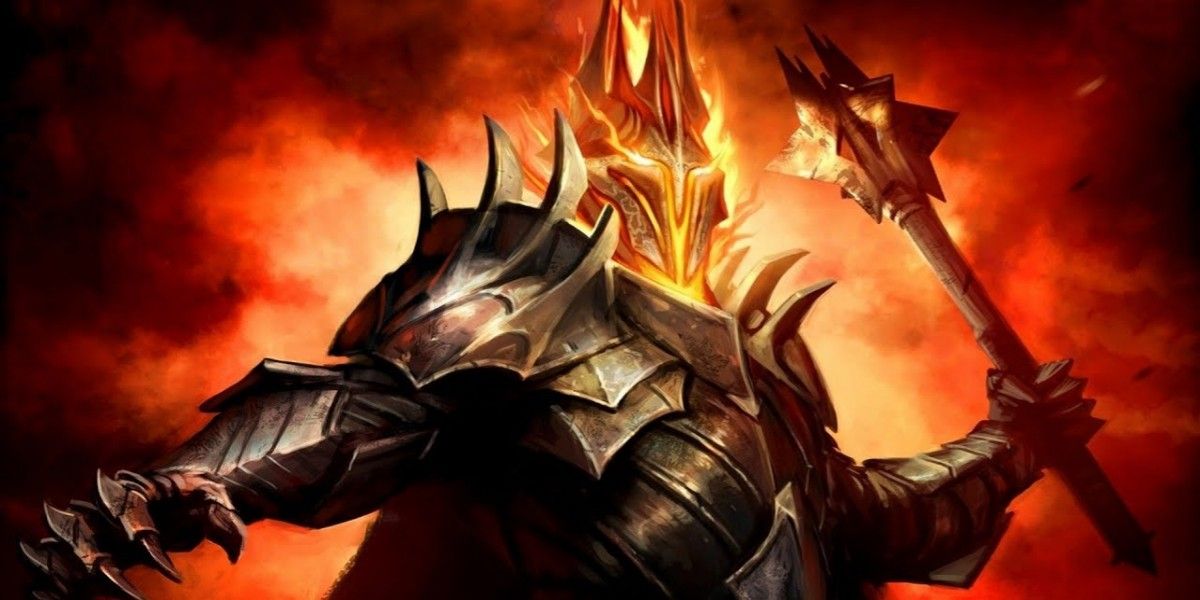
As has been established, in the films, Sauron has no discernible shape. After the ring of power was cut from his hand by Isildur, much of his power diminished and he lost the impressive stature he had. But prior to that, in the Second Age, he had been able to take many interesting forms, none of which were mentioned.
Sauron, when in possession of his powers and faculties, is able to change his form at will. He’s been described as “beautiful and fair” when he’s seeking an audience with the Valar, and he’s also turned into the most powerful werewolf in all of Middle-Earth, a giant snake, and a giant vampire bat.
Sauron Fought In A War Of The Elves
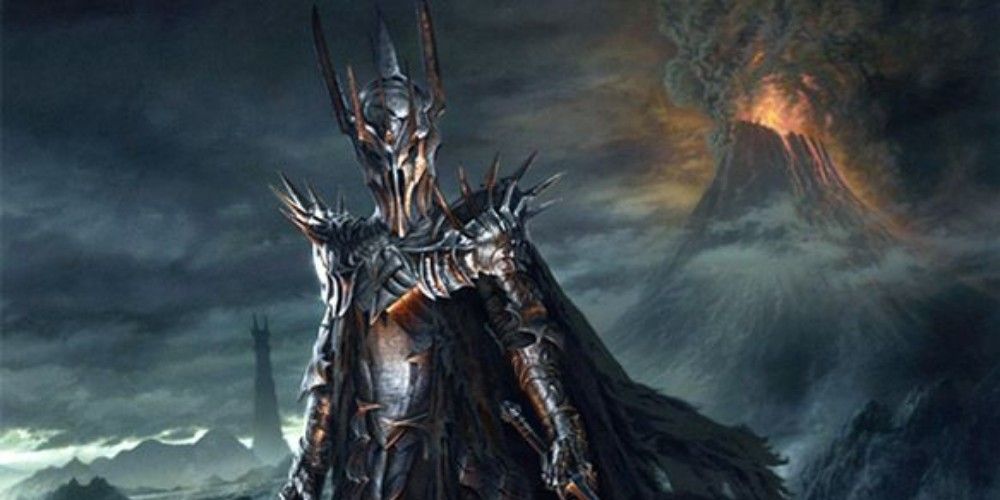
Peter Jackson preferred to jump to the War of the Last Alliance when recounting Sauron’s destructive history in The Fellowship of the Ring, when the Elves and Men of Middle-Earth rallied together at the end of the Second Age to defeat him. It’s at this point that the Dark Lord is deprived of the One Ring by Isildur.
Sauron had fought these armies before, in the War of the Elves and Sauron, when Elves and the Men of Numenor aided each other in driving Sauron further South. But the Elves suffered heavy losses, and when Sauron and his forces attacked again, the Numenor that survived the assault would split into the exiled realms of Gondor and Arnor.
The Eye Of Sauron Wasn’t As Literal
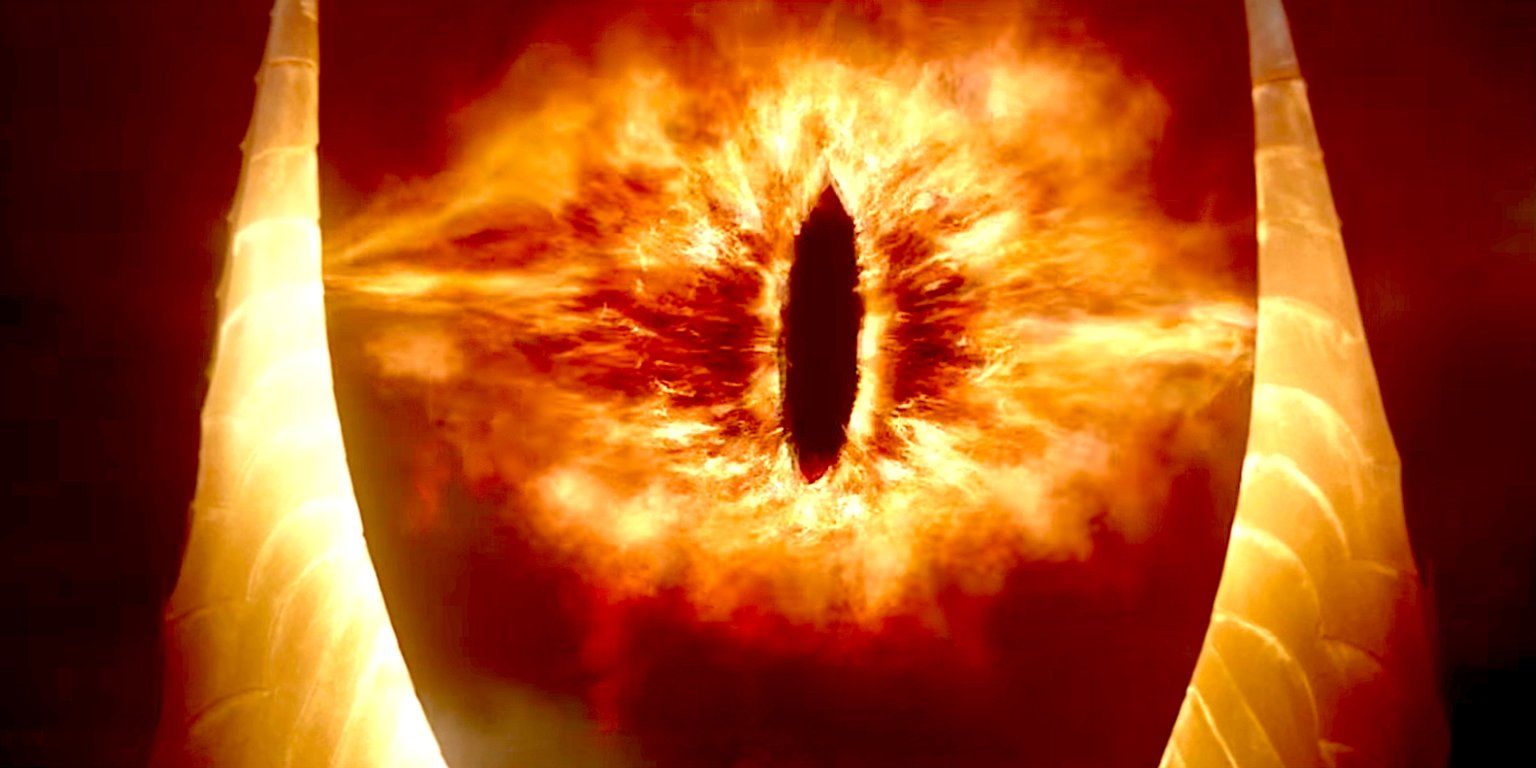
Peter Jackson depicted Sauron’s essence as being funneled into a great all-seeing Lidless Eye, which focused like a red beam from the tower of Barad-dur like a spotlight on all of Mordor. Jackson didn’t have Sauron take much physical shape after The Fellowship of the Ring, with the Eye standing in for the Dark Lord’s presence.
In the books, the Eye is used as his sigil, and the Eye of Sauron is implied in the use of the palantir, and as a representation of his will. He exerts his will over his servants, such as the orcs and his Ringwraiths, forcing them to do his bidding without trepidation or hesitation.
Aragorn Doesn’t Lose Against Him In The Palantir
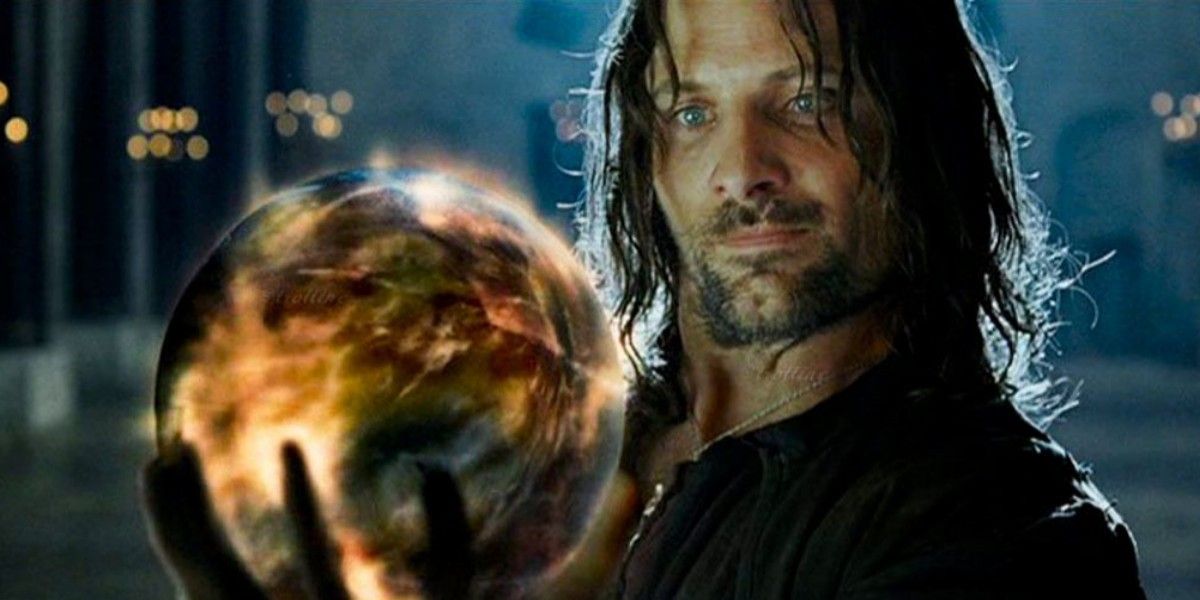
The palantir is a powerful artifact that can be used to gain prophetic sight. In Return of the King, Aragorn stares into it in an effort to know of Sauron’s schemes, effectively engaging the Dark Lord in a battle of wills. In the film, Aragorn appears weak by losing to Sauron, whose evil powers prove too great. In the book, this never happens.
Aragorn does peer into the palantir in the books, but he isn’t the reluctant king he was in the films. Aragorn understands the duties and responsibilities of his birthright, and is able to defiantly look into the palantir with caution, but without fear of Sauron’s power. He is as strong-willed as the Dark Lord, if not stronger, for he believes unabashedly in the might of men.
Aragorn Almost Fought Him At The Black Gate
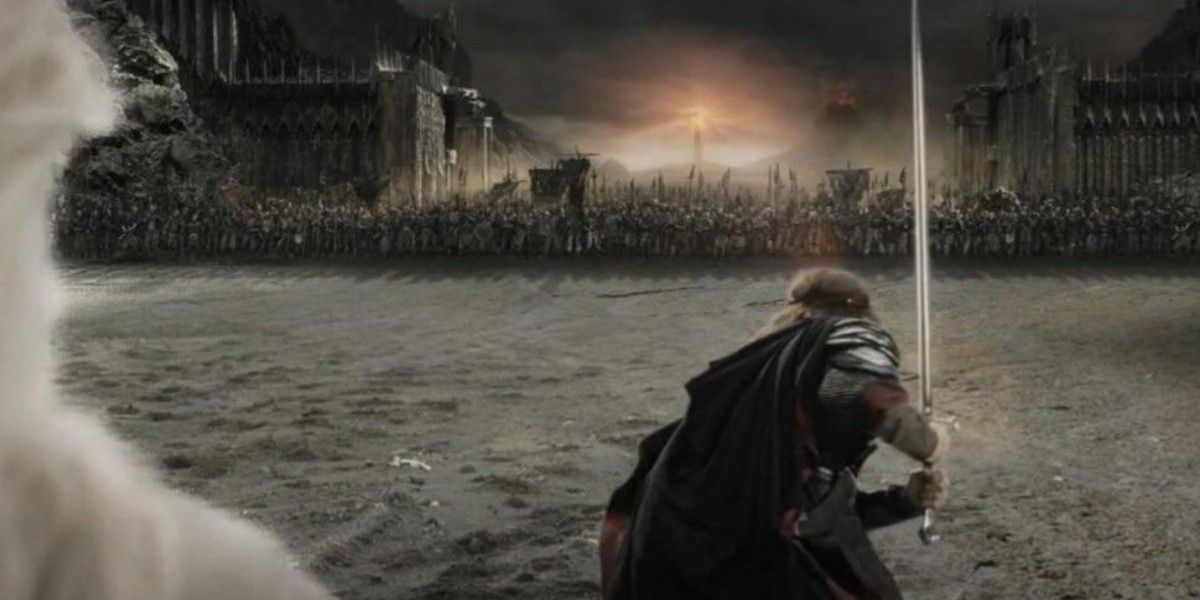
In the Battle of the Black Gate, the climactic clash at the end of Return of the King between Elves, Men, Dwarves, and the forces of Sauron’s evil, Aragorn almost fought and defeated Sauron himself. A now deleted scene depicts Aragorn taking on Sauron in the form of Annatar, his beautiful form, before he assumes his black knight form from The Fellowship of the Ring and Aragorn beheads him.
In the books, Aragorn takes on the Mouth of Sauron, a disfigured creature that represents the Dark Lord’s interests just as the Lidless Eye watches from Barad-dur. This scene was also cut from the film, as it was decided the epic finale shouldn’t end with a duel for personal gain between two entities, but rather their collective forces.



